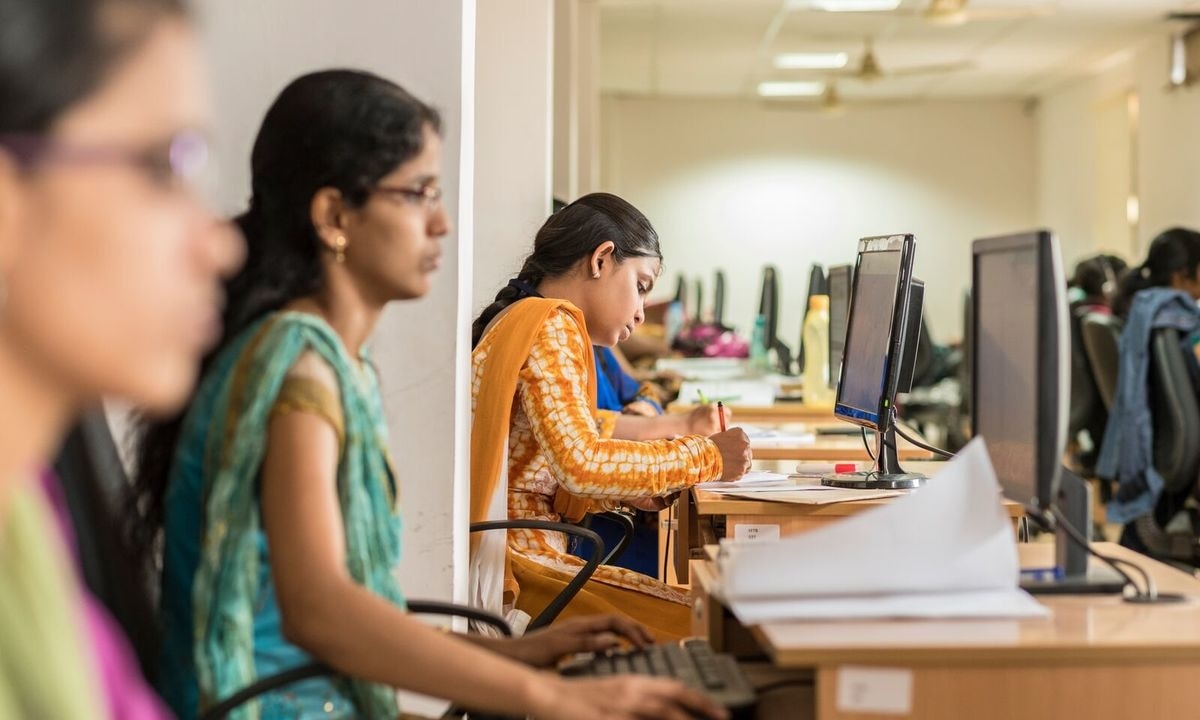GET IN TOUCH
- Please wait...

Bangladesh has enjoyed rapid economic growth in the past few years reaching 8.153% GDP growth in 2019.[1] As the economy has grown at a constant rate over the past few years, the unemployment rates have also remained somewhat constant. As of 2019, the national unemployment stands at 4.2%.[2]
Although the unemployment rates look relatively stable, there is a disparity between male and female employment in Bangladesh as a significant higher portion of females are unemployed. This disparity is worsened by the fact that the labour participation rate for women was only 36.3% in 2019 compared to 81.4% for men in the same year.[3]

Although at first glance, the female participation rates look very low, Bangladesh has been somewhat ahead of the South Asia average. But the female labor participation rates in Vietnam (48.85%) or Myanmar (46.047%) clearly spell out that there is massive room for improvement for Bangladesh.

This article aims to provide an in-depth look into female unemployment in Bangladesh, understand the different factors, and analyse how the situation can be improved.
The female employment in Bangladesh is still primarily focused on the agricultural sector with a gradual increase in the service sector as the general trend. Although the RMG industry has seen a massive influx of female labour in recent times (almost 60% of 4.1 million RMG workers are female), most females are still yet to move away from the agricultural workforce.

Yet again, a large disparity exists between the national distribution of labor and that for the female populace indicating the general lack of mobility of female labour in the country.
Although the agriculture sector employs the lion’s share of women, access to resources and facilities is very limited for them in that sector as well. For example, although 14 million farmers’ cards have been distributed throughout the country, the women have received a negligible amount of them. This is particularly problematic as around 77% of women work all day long in the fields alongside their male counterparts and have an equal impact on their economic output.[6] This is a general indication of the lack of resources for women across different fields.
According to UNDP findings, almost 90% of the global population are biased against women.[7] This is almost always reflected in the form of prejudice and plays a key part in the female workforce in Bangladesh as well. Firstly, women are often pressured into getting married at young ages that often leaves their education incomplete and forces them to rely on their counterparts for all their needs. Secondly, there are social expectations in Bangladesh that women are better off staying at home taking care of their families while their counterparts bring in the money. This usually puts pressure on the female population to compromise their career choices to meet social expectations and anyone not willing to do so is tagged as an outcast of sorts in a lot of societies. This eventually leads to lack of financial freedom for women and decreases their mobility. Thirdly, women often face discriminiation in the workplace too from their peers and higher ups. This comes in the form of less promotion opportunities, disrespect for female superiors, exclusion from social events etc.
Moreover, women are often not given rights over family property despite contributing a large chunk in the development of that property because of social prejudice.
Needs of women such as maternity leave, childcare facilities etc. are not often present at work places and this creates a barrier of entry for women in the workplace.

Bangladesh offers a seemingly good maternity leave according to the comparison with some Asian countries. The problem for Bangladesh in ensuring a rightful maternity leave is the lack of proper execution. The employers in female-intensive labour industries have time and again been accused of creating situations where women are forced to leave their jobs during their pregnancies. The women are made to do heavy work so that they eventually give up and have to quit and the factory can avoid paying maternity benefits. Even in cases where the women work through the inhuman pressure, the owners are often reluctant to pay money to them afterwards.[10] These situations create more barriers for women to function properly in their workplaces.
Daycare facilities are important for women as they need to ensure that their child is properly taken care of when they are at work. According to LightCastle’s research in IFC Tackling childcare, women spend almost 8 times more time than men spend on childcare in Bangladesh. A key barrier to women’s access to more and better jobs is the lack of access to quality, affordable childcare, as highlighted in the WBG Gender Strategy.

The primary research reveals that more than 61% of the companies surveyed are yet to even consider creating childcare solutions for their female employees. As a result, many women are forced to leave the workforce to bear the uneven burden of childcare.
There are deep-rooted systematic problems that need to be solved for women to be at equal footing with men in the job sector. Some of these could be:
Bangladesh has come a long way in ensuring employment for women. The entire RMG industry stands on the blood and sweat of the women who work hours after hours making every stitch perfect. However as the data points out, equality is a long way away and cannot be achieved by any one party alone. So an integrated approach to change is the only way this problem can be properly addressed.
Eqra Mohammad Resalat Ohee, Trainee Consultant and Farah Hamud Khan, Senior Business Consultant & Project Manager, at LightCastle Partners, have prepared the write-up. For further clarifications, contact here: [email protected]
Our experts can help you solve your unique challenges
Stay up-to-date with our Thought Leadership and Insights